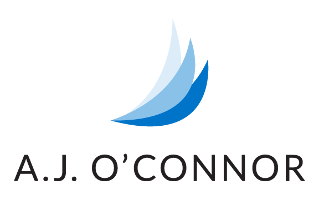
What Are The Goals & Benefits Of Employee Onboarding?
What causes employees to leave an organization before they’ve even had a chance to succeed?
What is Onboarding?
- Compliance – New employees need to be informed about the benefits that they are entitled to receive through their employer and trained on legal rules and regulations that apply to them in their new job role. Items like I-9 employment eligibility paperwork along with forms for taxation and benefits are covered in the onboarding process.
- Clarification – New hires need clarity about the expectations of their role. During the onboarding process, they should begin to understand their job and establish performance goals for the first six months.
- Culture – During onboarding, new hires are introduced to the company culture for the first time.
- Connection – Onboarding is a time to start connecting new hires with the internal and external resources they will need to perform in their new position.
What are the Goals of the Onboarding Process?
- Ensuring a new employee is prepared to contribute early and effectively in his/her new role. This means connecting them with resources both internally and externally that will help them perform their role, providing job-specific training and orientation programs, and pairing the new hire with a mentor or buddy that can help him/her in the first few months.
- Increasing the employee’s comfort level in the team and the workplace. New hires are sometimes shy. They may not walk around and introduce themselves to new people that work on their office floor. They may not want to ask someone how to find the washroom. People that feel alone in their offices will search elsewhere for a sense of community at work. We can provide that by introducing the new hire to his/her colleagues, planning a group lunch for their first day, and preparing their work area in advance so they know they have a designated spot. Consider having your new employee meet with key team members to discuss their roles and how they will work together.
- Encouraging employee engagement and commitment. New employees bring fresh ideas, new perspectives, and different work experiences to their new roles. Harness these insights and learnings, avoiding the temptation to dismiss or pass judgment too quickly on whether they’ll work. Remember that new employees aren’t bound by existing cultural norms or practices and it will pay dividends in terms of their commitment.
A study of onboarding expenses determined that one in three companies spend $0 on their onboarding process, and among all companies, the average spend per new hire was just $67. How can we expect new hires to invest themselves in the success of our organizations if we choose to spend just $67 on making them feel at home? An effective onboarding process demonstrates appreciation for new hires and shows that the organization is invested in their success.
What are the Benefits of Effectively Onboarding a New Employee?
- Boost Employee Performance
Depending on the nature and complexity of a job, it can take a new hire up to a year to start contributing at the same level as an experienced veteran of your company. Elevating employee performance is a primary target of the onboarding process, and the Society for Human Resource Management (SHRM) has determined that an effective onboarding program boosts employee productivity by as much as 11%. - Enhance Employee Retention and Reduce Hiring Costs
There are several studies that indicate the benefits of a comprehensive onboarding program as far as employee retention. The 2018 Jobvite survey mentioned earlier found that in addition to 30% of new hires leaving within 90 days, 43% indicated the role wasn’t what they expected and 32% reported that they didn’t like the company culture. Meanwhile, a separate study conducted by the Aberdeen Group found that 54% of organizations with a formal onboarding process experience greater productivity and 50% experience better employee retention.

